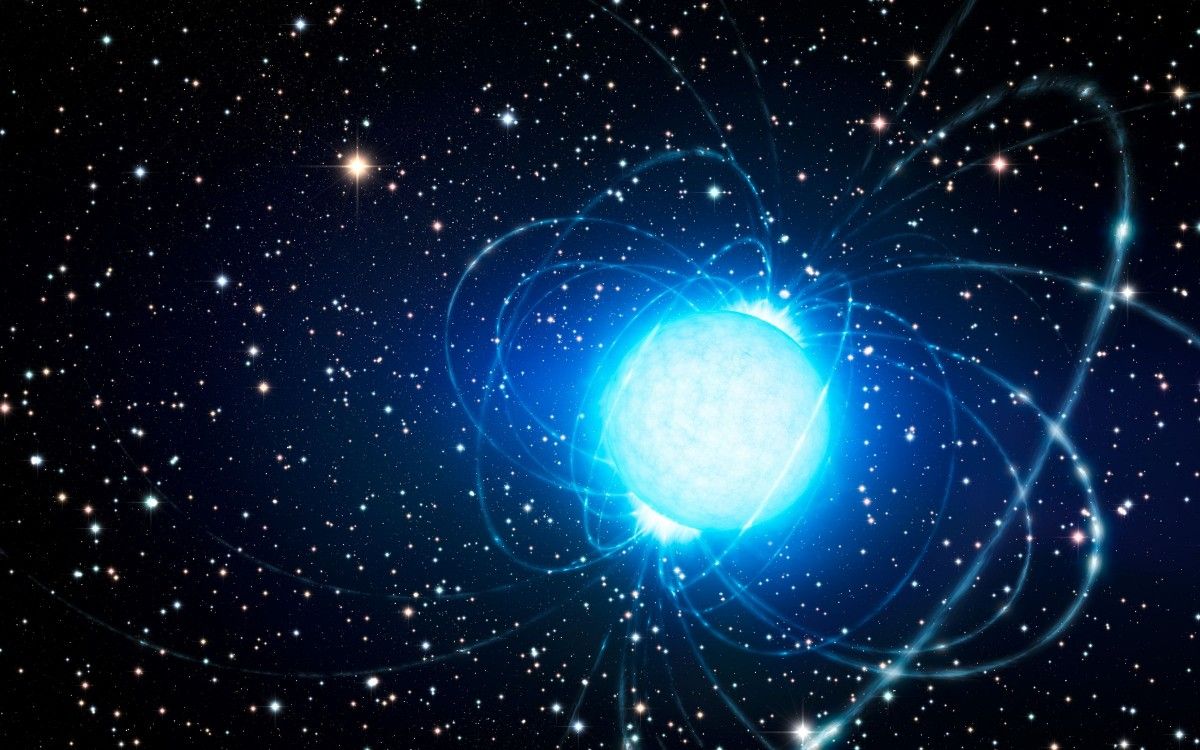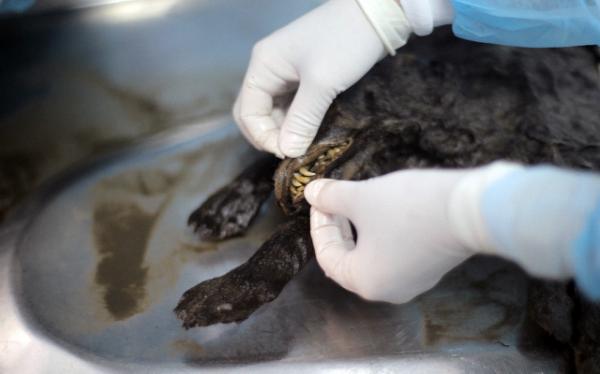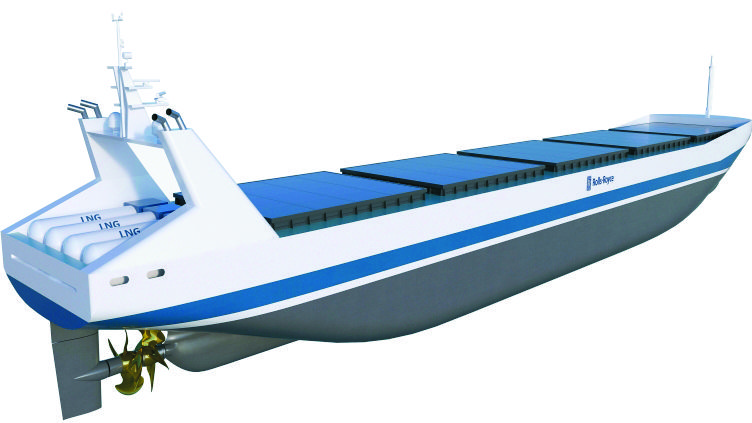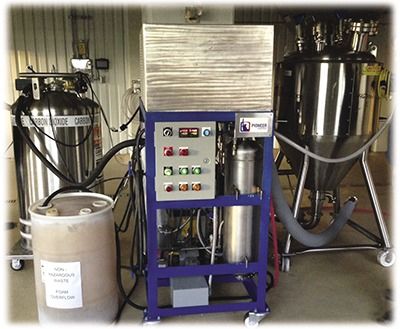Page 11257
Mar 28, 2016
Brussels Attacks Likely to Bring Cyber-Aftermath
Posted by Karen Hurst in categories: cybercrime/malcode, finance, terrorism
The tragedy in Brussels shocked the world this week—but the aftershocks of the March 22 terrorist bombings are likely to include follow-on cyber-threats.
These attacks typically involve hackers targeting critical infrastructure in order to cause chaos and physical damage, alongside fear and financial damage.
“We have been able to identify a pattern of behavior of cyber attackers and attack methods surrounding major terrorist events in Western Europe, the latest such pattern was identified after the November 2015 Paris terrorist attacks,” Cytegic noted in an intelligence brief shared with Infosecurity.
Continue reading “Brussels Attacks Likely to Bring Cyber-Aftermath” »
Mar 28, 2016
Caveman’s best friends? Preserved Ice Age puppies awe scientists
Posted by Sean Brazell in category: biotech/medical
Moscow (AFP) — The hunters searching for mammoth tusks were drawn to the steep riverbank by a deposit of ancient bones. To their astonishment, they discovered an Ice Age puppy’s snout peeking out from the permafrost.
Five years later, a pair of puppies perfectly preserved in Russia’s far northeast region of Yakutia and dating back 12,460 years has mobilised scientists across the world.
“To find a carnivorous mammal intact with skin, fur and internal organs — this has never happened before in history,” said Sergei Fyodorov, head of exhibitions at the Mammoth Museum of the North-Eastern Federal University in the regional capital of Yakutsk.
Continue reading “Caveman’s best friends? Preserved Ice Age puppies awe scientists” »
Mar 28, 2016
The Quantum Fluid Inside Neutron Stars
Posted by Andreas Matt in category: quantum physics

In 1937 Pyotr Kapitsa and John F. Allen discovered a strange behavior of ultracold liquids known as superfluidity. A superfluid is a fluid with no viscosity, basically a frictionless liquid. Without viscosity, the fluid has no way to dampen its motion. Because of this, superfluids have some pretty unusual behaviors. If a bit of superfluid is suspended in an open container, it will creep up along the walls, then drip down to a lower container. It can flow through tiny pores that regular liquids can’t, and can create fountains that could flow forever. This seeming defiance of gravity and common sense is due to the fact that its behavior is rooted in quantum physics. Though it is not a truly quantum state such as a Bose-Einstein condensate, it shares some commonality with it. In the lab, superfluids are only seen at temperatures barely above absolute zero. The most common example, helium-4, becomes superfluid when cooled below 2.17 K. So it might seem odd that superfluids are also found in the hot interiors of neutron stars.
A neutron star is a stellar remnant formed with a star runs out of hydrogen and heavier elements to fuse. After a star explodes as a supernova, the remaining core of the star collapses under its own weight to the point that only the pressure of nuclei can counter the force of gravity. A neutron star has a mass of about two Suns, but are only about 20 kilometers in diameter. They have a dense atmosphere of carbon only a few centimeters thick, and a thin crust of iron nuclei. In the interior of a neutron star, nuclei are pushed together ever more tightly, and reach a point where the nuclei can’t hold themselves together. As a result, individual neutrons “drip” out, and sink into the star’s core, forming a neutron fluid. As a neutron star cools, this neutron fluid transitions to a superfluid state. This happens not at a few degrees Kelvin, but at 500 to 800 million Kelvin. The interior of a neutron star is a hot superfluid sea.
Companies that sell personal data should pay a percentage of the resulting revenue into a Data Mining Royalty Fund that would provide annual payments to U.S. citizens, much as the Alaska Permanent Fund distributes oil revenues to Alaskans.
A viral video released in February showed Boston Dynamics’ new bipedal robot, Atlas, performing human-like tasks: opening doors, tromping about in the snow, lifting and stacking boxes. Tech geeks cheered and Silicon Valley investors salivated at the potential end to human manual labor.
Shortly thereafter, White House economists released a forecast that calculated more precisely whom Atlas and other forms of automation are going to put out of work. Most occupations that pay less than $20 an hour are likely to be, in the words of the report, “automated into obsolescence.”
Mar 28, 2016
After years of development, the virtual reality headset is finally here… Oculus Rift review — By Chelsea Stark | Mashable
Posted by Odette Bohr Dienel in category: virtual reality
“[T]oday, the final, consumer-ready version of the Rift arrives ready to show virtual reality’s promise to the world — as well as the hurdles that consumer VR still has to overcome.”
Mar 28, 2016
Alaska’s Pavlof Volcano Spews Ash 20,000 Feet Into Air
Posted by Genevieve Klien in category: futurism
Interesting News
A volcano on Alaska’s Aleutian Islands erupted Sunday afternoon and sent ash 20,000 feet into the air, according to the U.S. Geological Survey.
Mining and shipping are industries thus far almost wholly unreconstructed by mobile tech. But IoT is going underground and out to sea.
Mar 28, 2016
Silicon ‘nano-balls’ have wiped out metastatic breast cancer in mice
Posted by Klaus Baldauf in categories: biotech/medical, health, nanotechnology
Despite all our advances in cancer research, our best strategy of fighting the disease is still brute force, with only a fraction of the drugs administered actually reaching the tumour cells, and most being absorbed into healthy tissue. When cancer spreads, the likelihood of medication reaching it gets even lower, which is why secondary, or metastatic, tumours can be so deadly.
But now, researchers have used cancer’s own tricks against it, by developing dissolvable nanoparticles that target the heart of metastatic tumours directly. And they’ve already seen unprecedented success in mouse studies, with 40–50 percent of the animals being “functionally cured”, and tumour-free after eight months — the equivalent of about 24 years for a human patient. The team is so excited by these results, they hope to fast-track the research and begin human trails in 2017.
“I would never want to overpromise to the thousands of cancer patients looking for a cure, but the data is astounding,” said one of the researchers, Mauro Ferrari, from the Houston Methodist Research Institute. “We’re talking about changing the landscape of curing metastatic disease, so it’s no longer a death sentence.”
Continue reading “Silicon ‘nano-balls’ have wiped out metastatic breast cancer in mice” »
Mar 28, 2016
CO2 Recovery System Saves Brewers Money, Puts Bubbles into Beer
Posted by Klaus Baldauf in categories: economics, energy, space
NASA Technology
Building on work he and his companies did with Johnson Space Center’s In Situ Resource Utilization (ISRU) team, Robert Zubrin has developed and commercialized technologies that could prove revolutionary in their Earth applications, such as a system that could extract millions of barrels of oil from defunct oil wells around the world and another that can harness all the natural gas currently burned off as waste at many oil drilling rigs (Spinoff 2015).
But when he’s not working to change this world or colonize others, the president of Pioneer Astronautics, Pioneer Energy, and the Mars Society enjoys a good microbrew. Now, he’s applied some of that same technology to cut costs for craft breweries that produce anywhere between 3,000 and 300,000 barrels per year.
















